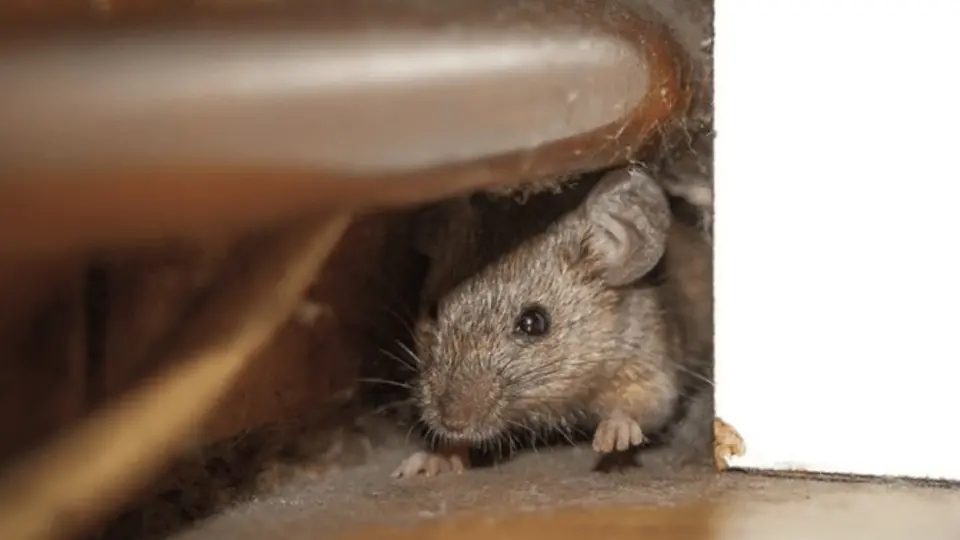
You wouldn’t expect mice to be at the center of space research—but they are. These tiny creatures are doing some big work up there. From studying how muscles waste away in zero gravity to testing new medicines, mice are helping scientists understand how space affects the body in ways we can’t safely test on humans right away. Their short lifespans and biological similarities to us make them ideal stand-ins for everything from aging studies to disease research.
NASA and other space agencies have been sending mice on missions for years, and the insights they’ve brought back are changing what we know about long-term space travel. Whether it’s bone loss, immune system changes, or even behavior shifts, mice are giving us a front-row seat to what really happens to the body in space. And all this matters a lot—especially if we’re serious about getting to Mars and beyond.
How do mice contribute to space research and scientific discoveries?
Mice play a crucial role in space research and scientific discoveries due to their biological similarities to humans and their ability to thrive in controlled environments, making them ideal candidates for studying the effects of space conditions. Here’s how they contribute:
- Microgravity Research: Mice are used to study the effects of microgravity on the body, such as muscle atrophy, bone density loss, and changes in the immune system. These experiments help scientists understand how prolonged exposure to space conditions might affect human health, providing insights into how to protect astronauts on long-duration missions.
- Biological and Genetic Insights: Mice share many genetic and physiological traits with humans, making them useful models for understanding diseases, aging, and cell growth. By conducting experiments in space, scientists can observe how space travel affects the development of diseases like cancer, diabetes, and osteoporosis, which may behave differently in microgravity.
- Space Exploration and Human Health: The data from mice experiments help improve medical research for astronauts and people on Earth. Space research often reveals new ways to treat diseases or conditions related to aging and muscle and bone degradation. Mice have also been used to test pharmaceuticals and treatments that may one day benefit human health both in space and on Earth.
Through these contributions, mice help pave the way for future space missions while expanding our understanding of biology and improving medical science.
What challenges do scientists face when studying mice in space?
Studying mice in space presents several unique challenges for scientists, ranging from environmental factors to biological complexities. Here are some of the main difficulties:
- Microgravity Effects on Biology: The lack of gravity significantly impacts how mice and other organisms grow and function in space. This can lead to muscle atrophy, bone density loss, and changes in the immune system. Scientists must account for how these conditions alter the biological processes of mice, making it harder to replicate Earth-based results and requiring highly specialized research methods to assess these changes accurately.
- Spacecraft Environment: The confined and often extreme space conditions can be difficult for mice. Keeping them alive and healthy requires carefully controlled environments, including temperature regulation, air circulation, and nutrition. Even small fluctuations in these factors can have serious effects on the mice’s health, and ensuring they receive proper care in microgravity is a constant challenge.
- Behavioral and Reproductive Studies: Mice, like humans, experience behavioral changes when exposed to microgravity. This can complicate studies related to behavior, reproduction, and development. For instance, mating and pregnancy might be affected in space, making it difficult to study normal reproduction cycles. Additionally, understanding the impacts on mouse cognition and movement can be complicated in a space environment, as the lack of gravity can cause disorientation and altered locomotion patterns.
- Ethical Considerations: Using animals for research in space raises ethical concerns regarding their well-being and treatment in an environment vastly different from their natural habitat. Scientists must ensure humane conditions, minimize stress, and consider the long-term effects of space travel on these animals, which poses both scientific and ethical challenges.
Despite these obstacles, mice provide invaluable data that advance our understanding of how space affects living organisms, helping to improve astronaut health and inform biological research both in space and on Earth.
How does microgravity affect the behavior and biology of mice?
Microgravity has significant effects on mice’s behavior and biology, making them essential subjects for space research. Biologically, muscle atrophy occurs because the lack of gravity reduces the need for muscles to support movement, weakening them over time.
Similarly, bone density loss happens as bones no longer bear the stress of gravity, making them more fragile. Mice also experience a weakened immune system, with altered immune cell production and function, making them more susceptible to infections. Additionally, bodily fluids redistribute in space, leading to swelling and changes in organ function.
Microgravity leads to behavioral disorientation, as mice lose their natural sense of up and down. Their movement patterns change, and they may become less active due to the lack of gravitational pull. Reproductive behaviors are also impacted, with studies showing changes in mating and pregnancy. Sensory processing may be altered, especially their sense of smell. These changes provide valuable insights into the effects of space on living organisms.
What experiments involving mice have been conducted on the International Space Station?
Several experiments involving mice have been conducted aboard the International Space Station (ISS) to study the effects of microgravity on biology and behavior. Key experiments include:
- Muscle Atrophy Research: Mice have been used to study how microgravity affects muscle loss, with researchers observing changes in muscle mass and function over extended periods in space.
- Bone Density Studies: Scientists have investigated bone loss in mice, tracking how their skeletal structure weakens without gravity. This has helped inform strategies for preventing bone density loss in astronauts.
- Immune System Changes: Mice have been exposed to space conditions to study the impact of microgravity on the immune system. They have observed weakened immune responses and increased susceptibility to infections.
- Reproductive Studies: Research has been conducted on how mating, pregnancy, and embryo development are affected by space travel, providing valuable insights into the effects of microgravity on reproduction.
These experiments have contributed valuable data on human health during space missions.
Explore How Mice in Space are Advancing Research!
At Freedom Pest Services, we’re fascinated by how mice in space are helping shape the future of space exploration. These tiny creatures play a critical role in understanding the effects of microgravity on biology, from muscle atrophy to bone density loss and immune system changes.
By conducting experiments aboard the International Space Station, scientists gather essential data contributing to astronaut health and informing long-term space missions. Join us as we delve into the remarkable role of mice in space research and how their contributions are revolutionizing our understanding of space and health.
